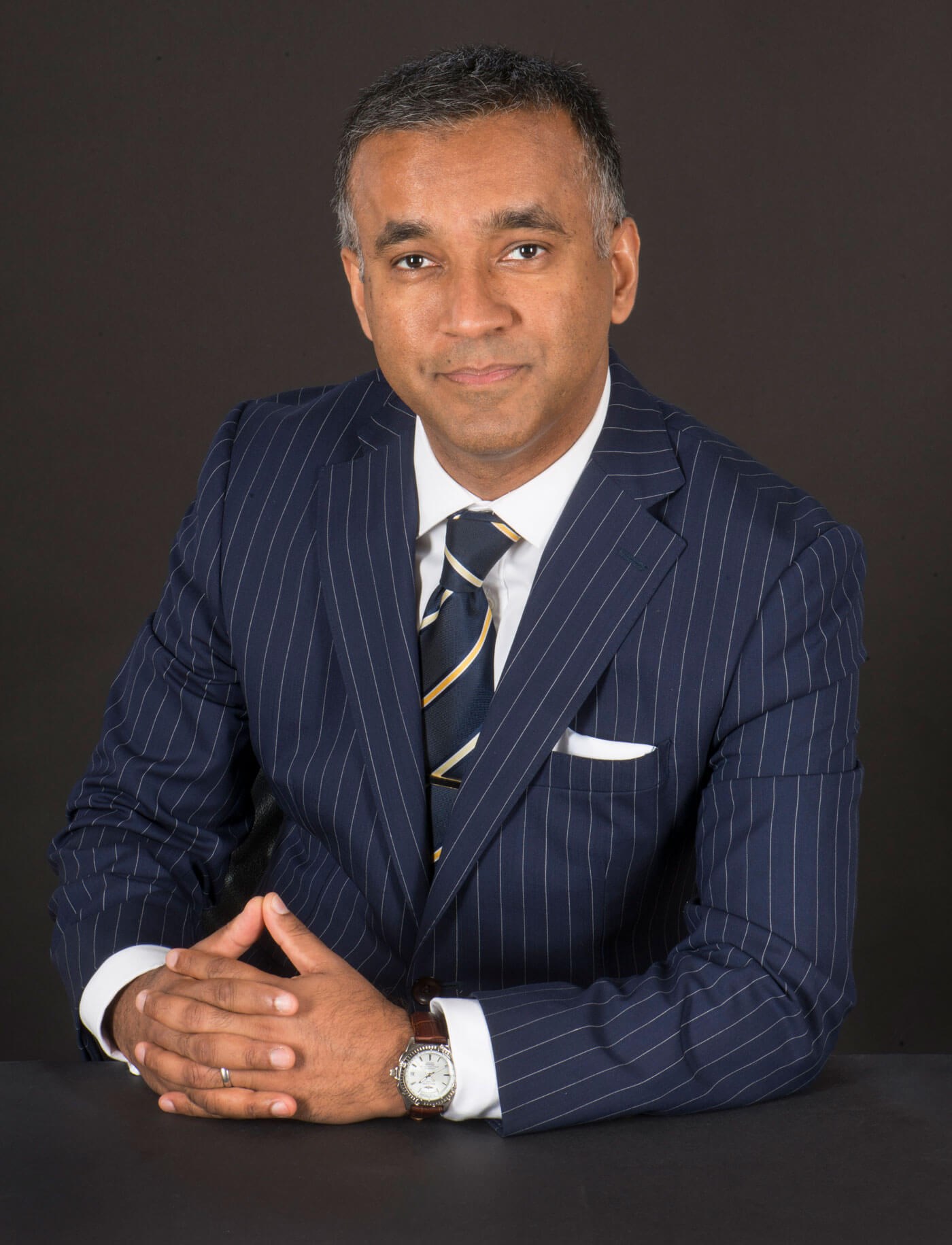
We spoke to Fateh Ahmad about his career in plastic & craniofacial surgery, advice to those new to the field and his new role as President of the RSM Section of Plastic Surgery

Can you tell us a little bit about what led you into the field of plastic surgery?
I always knew I wanted to be a surgeon, no doubt influenced by my father and grandfather who were both surgeons. As a medical student at Imperial College, I was introduced to a renowned craniofacial plastic surgeon Norman Waterhouse, under whose supervision I undertook an intercalated BSc. Subsequently, I resolved to train as a craniofacial surgeon and plastic surgery was the means to get there. Every academic choice I made afterwards was geared towards this ambition.
The management of facial deformity in children and adults is complex yet incredibly rewarding. It was the restoration of both form and function in these patients that drove me into my current choice of career. I am currently a consultant plastic, head and neck and craniofacial surgeon at St. Andrew’s Centre for Plastic Surgery and Burns based in Chelmsford. This is one of the largest units in Europe and it is a privilege to be a part of it.
What has been the best piece of advice that you have received in your career and what advice would you offer to those following in your footsteps?
There are two pieces of advice I always pass on to trainees. First, do not be afraid of venturing out of your comfort zone, challenging yourself. Staying within one’s comfort zone is a sure way to stop developing as a person and a surgeon.
The second piece of advice is to always embrace your complications. Do not run away from or avoid dealing with patients who develop complications. Speak about them and always learn from them. Keep your patients close and look after them more than ever. They will appreciate this.
Your field is evolving all the time; what do you think have been the most exciting developments in recent years?
One incredibly useful tool I have brought into my practice has been the use of 3D modelling in craniomaxillofacial surgery, including head and neck reconstruction. This has made surgery more efficient and helped achieve better aesthetic and functional outcomes for the patients. Robotic surgery is also in its early years in head and neck cancer, with trans-oral robotic surgery (TORS) fairly standard for some oral cancers. Plastic surgeons have also used it for certain aspects of reconstruction. However, by far the greatest advance in head and neck cancer management has been the introduction of targeted therapy and immunotherapy, which has improved disease-free survival for many patients. However, not all patients are candidates for this and surgery still remains the best means of treatment for many.
You are just about to take on the position of President of the RSM Plastic Surgery Section – many congratulations! What would you like to achieve during your time in the role?
I have been a member of the RSM for almost 20 years and a council member for more than 10 years! During this time, I have been passionate about the delivery of high-quality educational content to RSM members. I am aware the RSM is quite London-centric and I am keen to take it out of London as well. In fact, we had a very successful RSM educational day in Liverpool a few years ago, so I hope to be able to organise something along those lines again during my presidency. I stand on the shoulders of giants, and I will be looking for guidance and support from my predecessors.
We will continue to build on established links with the Undergraduate Plastic Reconstructive and Aesthetic Surgery (UPRAS) conference and the Plastic Surgery Trainees Association (PLASTA), as well as more established organisations such as the British Association of Plastic, Reconstructive and Aesthetic Surgeons (BAPRAS), the British Association of Aesthetic Plastic Surgeons (BAAPS) and the International Society of Aesthetic Plastic Surgery (ISAPS). There are so many organisations and so many meetings, it makes sense to have useful collaborations.
Would you suggest more of your colleagues become involved in the RSM?
Absolutely! The RSM provides not just discounted rates for members to educational meetings, but also a platform to network. With access to an excellent library including digital content, an excellent location in the very heart of London with a great restaurant, it is an amazing institution!
You are known for being very dedicated to training; do you see this as an important part of your work?
I strongly believe that teaching is the best way to learn. I enjoy training and take great satisfaction from seeing trainees blossom into better surgeons, in many cases better than me! I had the good fortune of being trained by some of the most renowned surgeons in the world, and I try and bring some of those teaching philosophies to my trainees.
And finally, if you have any spare time, how do you like to relax?
I have a very busy NHS job, as well as private practice. I have three beautiful young daughters who I try and spend as much time with as possible. Aside from this, my main passion is football, and I am an ardent Liverpool fan, and try and follow them around the world as much as I can.
Many thanks for your time!




